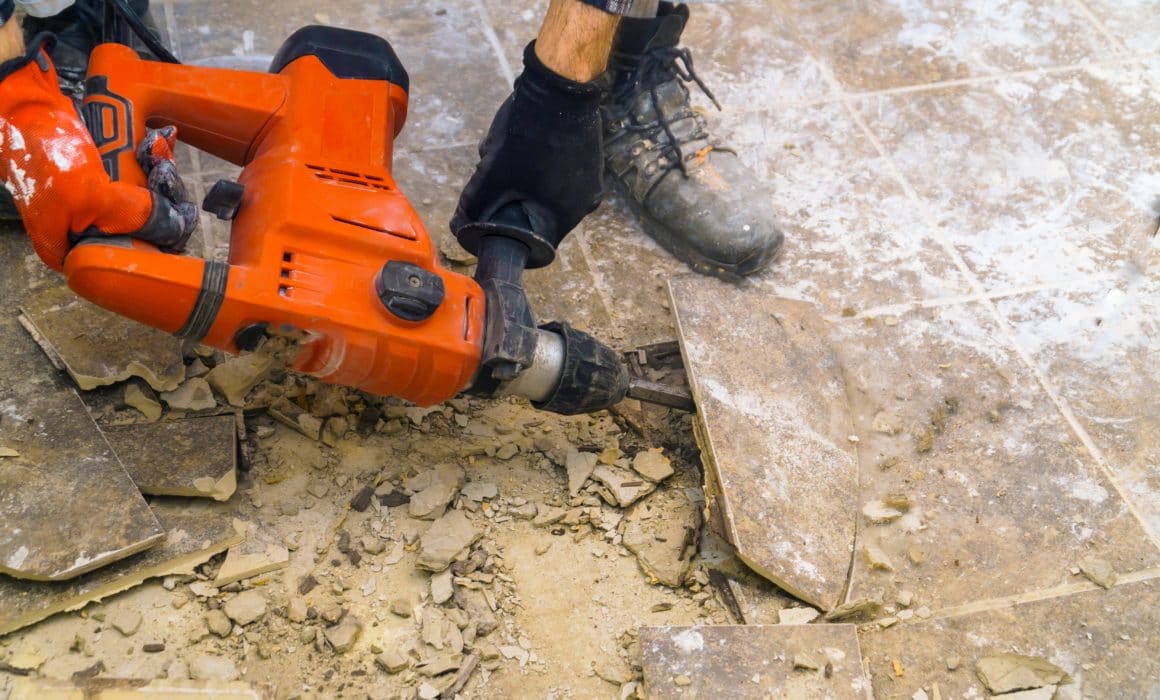What is the Process of Demolition?
Demolition Data
Nothing lasts forever was never a truer statement than in the demolition business. When a house, building, or commercial structure has seen better days, it is time that demolition has to take place. Sometimes, structures are deemed unsafe for use, and have to be taken down. At other times, derelict buildings need to be replaced by new ones. Whatever company is selected to do the work, the process of demolition must be safe to be successful. It is best to go with a qualified and reputable company. A COR (Certificate of Recognition) safety certification required by a demolition company to procure, assures clients of its efficacy and standards of quality work.
Demolition Plan
Many aspects of building demolition need to be considered before any actual demolition begins, and there is more than one way to go about the process. First, a demolition company has to evaluate specific client needs, so that a plan of demolition can be uniquely customized. Once a client’s requirements have been assessed, a plan is made. The plan includes the process of demolition in detail. In the plan, the equipment used, materials, labor employed, etc, will be mentioned. The demolition goal is to make sure that the structure in question is destroyed in the safest possible manner within the budget that is estimated. A plan is executed on the basis of the size of the building, the reason for its demolition, the materials of the building, and the building’s location.
Methods
Methods used for actual demolition will also likely be included in the plan. Depending on the structure to be destroyed, the methods followed may consist of deconstruction, implosion, traditional excavation, and/or demolition selectively. Deconstruction entails dismantling structures in such a way that components can be reused. Implosion is the process of utilizing explosives to demolish a structure’s main support beams, this causes the building to collapse from the interior, outwards. This method is rarely used, unless necessary. Traditional excavation may use manual labor to hammer and claw out certain parts of a structure. Demolition selectively means that certain parts of the building are removed, such as window frames, to easily demolish the structure.
Once the plan is readied, the company conducting the demolition will get an exact picture of the method, required equipment, cost, amount of debris and dispersion, and final cleaning up. Emergency plans and back ups are also made and are part of the process of demolition. The next stage of the process is to obtain permits from municipal authorities. This can only be done when the plan is finalized. Demolition companies must act within the boundaries of the law.
Actual Demolition
Whether a small house or a large building is destroyed, the physical demolition procedure cannot start without the site of demolition being appropriately prepared. The structure has to be fully cleaned, and all utilities such as gas, electrical elements, water connections and hazardous matter must be acknowledged. Any material that is recyclable must be removed from the area. Any good demolition company knows the importance of clearing out the site before demolition takes place. After all the steps are completed, and the site is ready, a schedule is adhered to and the structure is demolished. A good company will execute the task with precision and coordination. The expertise involved is of the utmost importance and should be well-researched before selecting a demolition company.
To ask questions to our demolition experts, or learn more, contact us.



Recent Comments